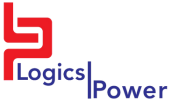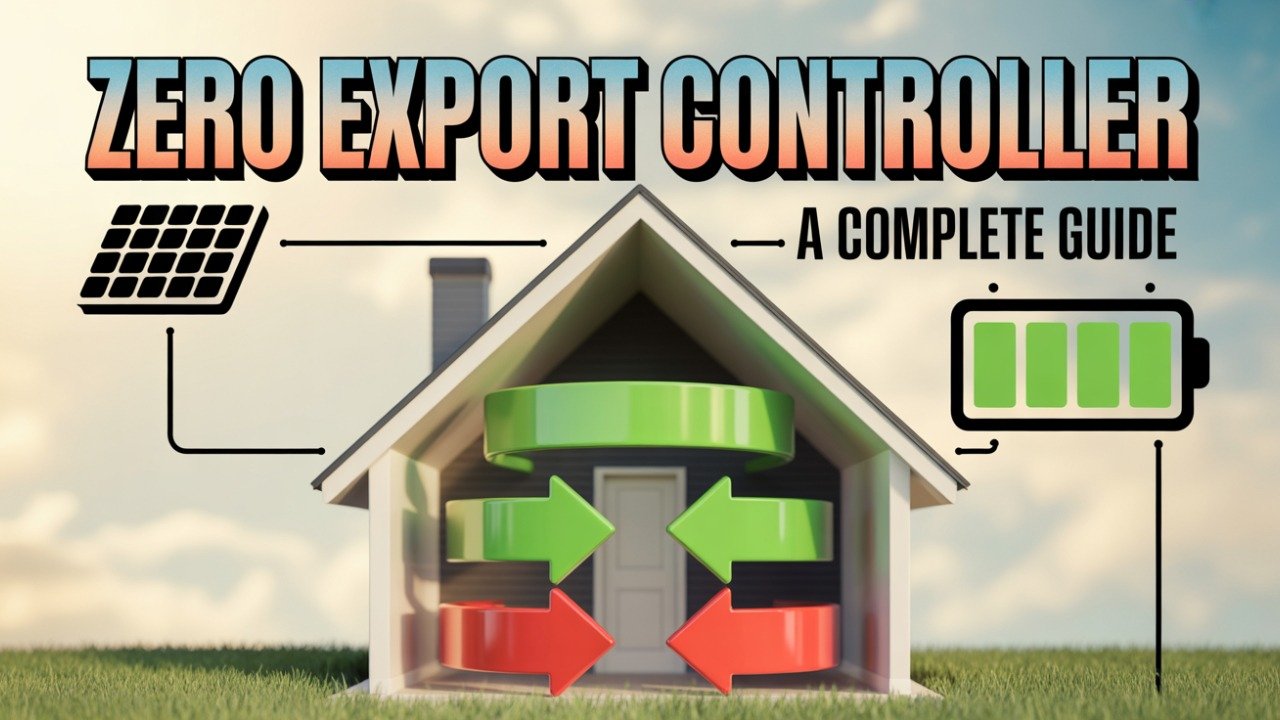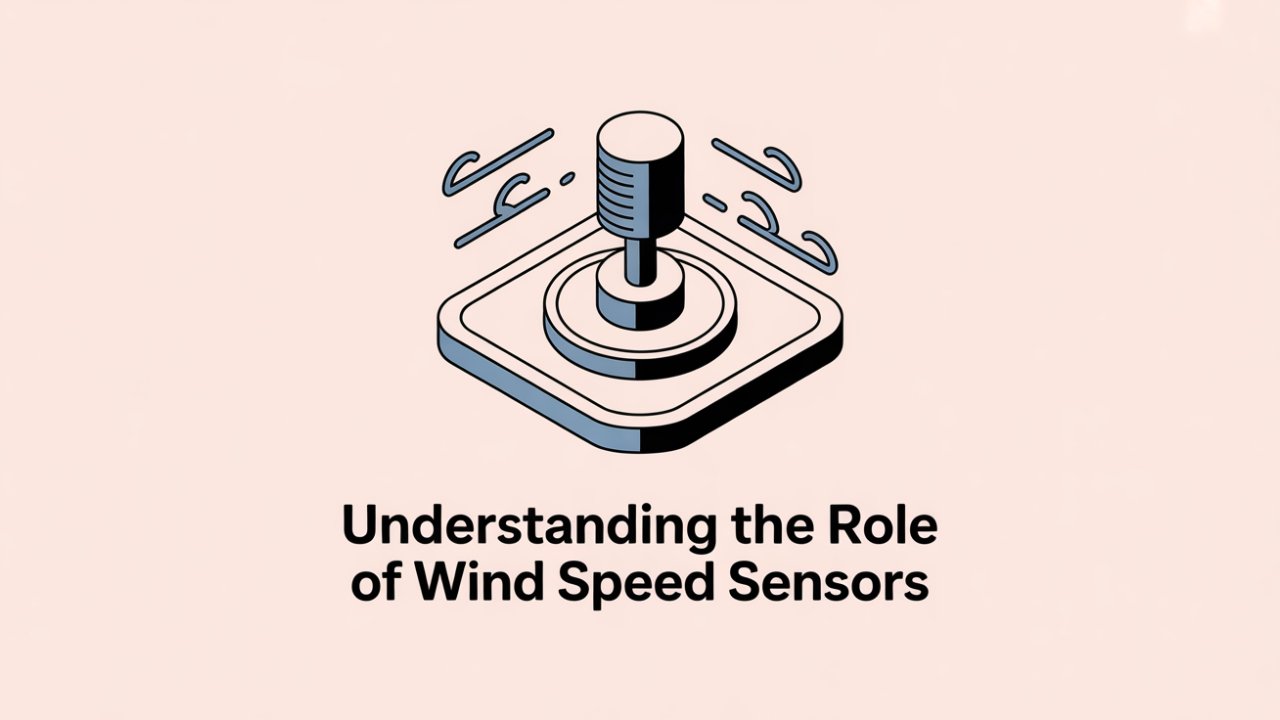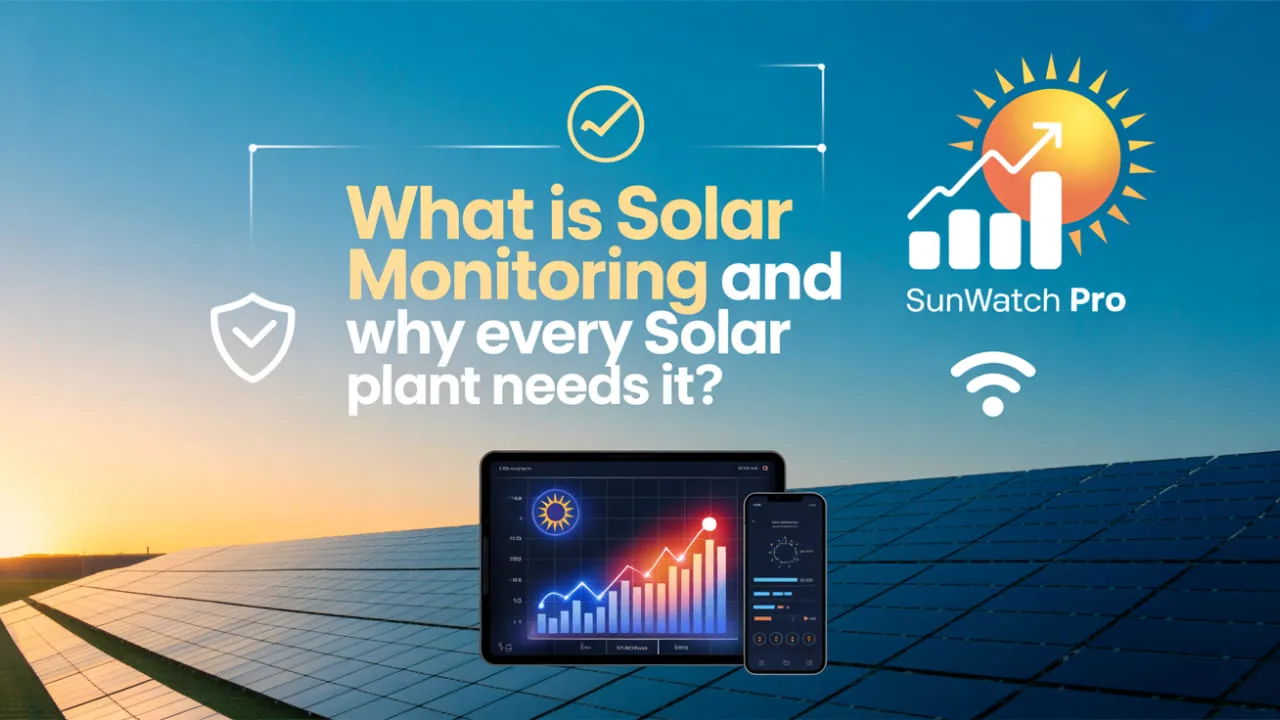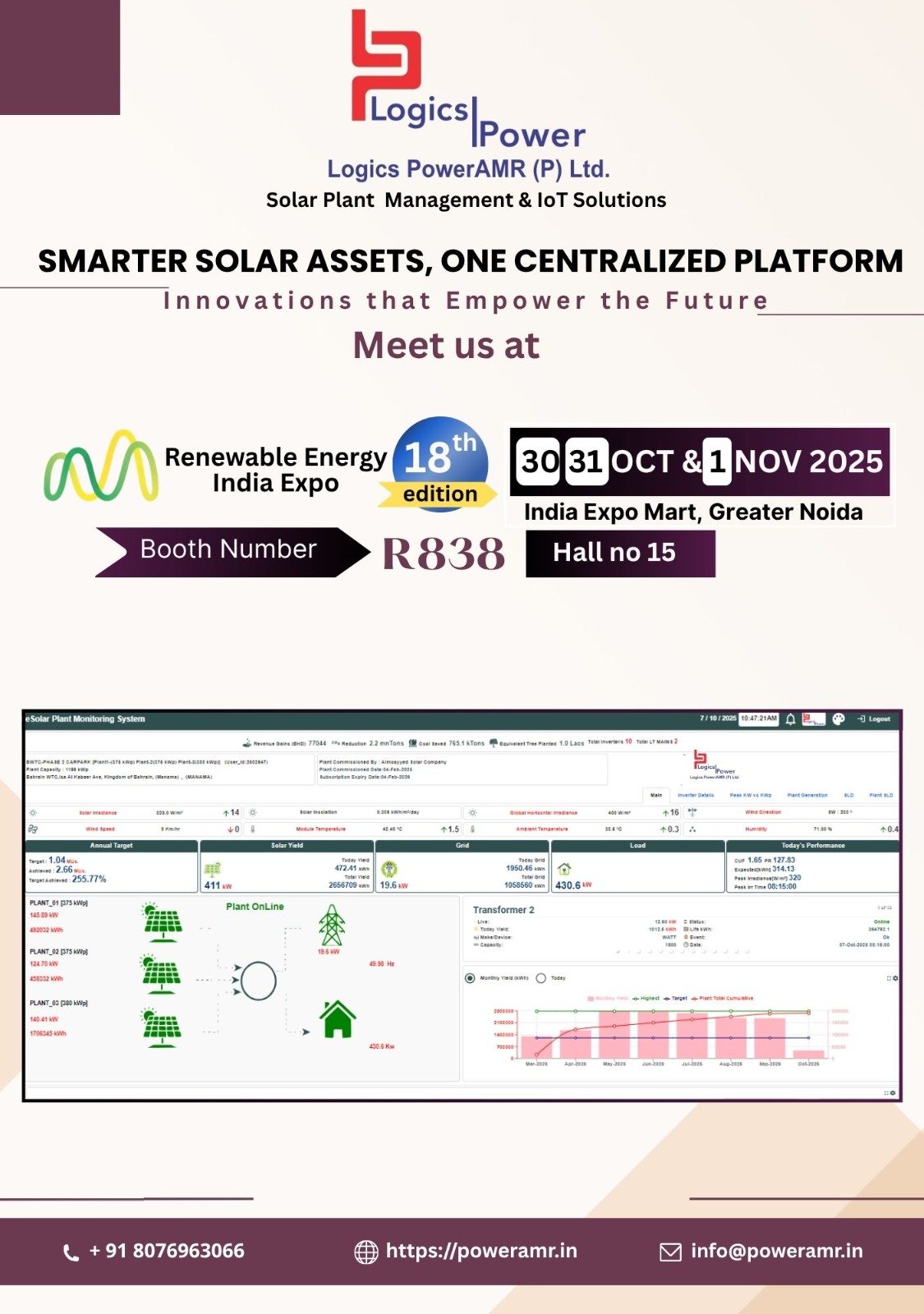14/10/2025
Blogs
Top 5 Dashboard Features to Look for in Solar Monitoring Platforms
Top 5 Dashboard Features to Look for in Solar Monitoring Platforms

When it comes to managing solar energy efficiently, it starts with visibility. That's where solar monitoring plays a crucial role. A reliable remote monitoring system allows you to track your solar plant’s performance anytime, anywhere, which helps you catch issues early and optimize output. At the core of this setup is the dashboard, which can be considered as your go-to control panel for everything from live data to alerts. In this blog, we’ll explore the top 5 dashboard features in order to look at when evaluating solar monitoring platforms.
1. Real-Time Data Visualization
When it comes to considering the first factor, it’s real-time data visualization. This feature allows you to identify exactly what your solar system is producing at any given moment, such as live PV, voltage as well as current levels. This helps in tracking performance issues instantly.
If you have a good system, then it should also sync across devices, so that you can monitor everything from your phone, tablet, or desktop. No matter if you’re on-site or miles away, real-time access makes solar management faster and far more efficient.
2. Predictive Analytics and Anomaly Detection
Another key feature to consider in a solar monitoring platform is predictive analytics. With the help of AI and machine learning, the system can detect unusual patterns, like sudden drops in energy production, and send instant alerts. This helps you take action before a minor issue turns into a big concern.
Over and above that, predictive maintenance insights also reduce downtime as they indicate when a component might fail, based on past performance trends. In simple terms, these features help you keep your solar system healthy, efficient, and one step ahead of potential breakdown.
3. Custom Alerts and Notifications
A reliable remote solar monitoring system should keep you informed without needing constant manual checks. That’s why custom alerts are so valuable. You can set up notifications for specific events, like inverter failures, sudden production drops, or even abnormal voltage levels.
These types of alerts can be delivered through SMS, email, or even mobile applications, ensuring you’re always in the loop no matter where you are. This level of automation not only saves time but also helps you respond quickly to issues before they affect overall system performance.
4. Historical Performance & Comparative Analysis
A strong solar monitoring dashboard doesn’t just show you what’s actually happening, but it also helps you learn from the past. You can track long-term system health and spot any gradual performance changes, as it allows you to compare monthly and yearly data. It is essential for identifying inefficiencies, planning maintenance along with forecasting output.
Key benefits include:
-
You can conduct comparison tasks monthly or yearly.
-
Detect seasonal trends in energy production.
-
You can identify early signs of panel degradation or even underperformance.
-
Better planning for maintenance and upgrades,
5. Remote Monitoring and Multi-Site Access
For solar companies, EPCs, and asset managers who handle multiple installations, remote monitoring is a must-have. A strong solar monitoring platform allows you to access and manage all your solar sites from a single dashboard, no matter where they’re located. This saves you time while also improving operational efficiency. Whether it’s a rooftop system or even a ground-mounted plant, you can track performance, identify issues and take action from anywhere.
Furthermore, another powerful feature is multi-user access with tiered permissions. This means you can control who sees what, whether it’s a technician checking inverter status or even a client tracking basic performance reports.
Key features include:
-
It includes a centralized dashboard for all sites across locations.
-
User roles as well as permissions for better access control.
-
24/7 monitoring from mobile or even desktop devices.
-
Faster issue resolution without even an on-site visit.
-
Scalable setup, perfect for portfolios of any size.
Bonus: Integration with Other Systems (IoT, EMS)
When you evaluate a solar monitoring platform, don’t overlook its ability to integrate with other systems. A truly smart energy management solution should provide seamless IoT integration, allowing data from solar inverters, DG inverters, DG sets, batteries along with other sources to be viewed and managed on a single platform. Cross-platform support with SCADA systems and energy monitoring systems ensures smoother operations, better control, along with greater scalability, especially for industrial or multi-site setups.
Here’s what this feature brings to the table:
-
SCADA compatibility for industrial-level control
-
Effortless IoT integration with existing infrastructure
-
Unified energy monitoring system across all assets
-
Smarter energy insights through centralized data access
-
Better efficiency and faster response times
Conclusion
Choosing the right solar monitoring platform can make a huge difference in how efficiently you manage and maintain your solar systems. From real-time to data predictive alerts along with remote access, these dashboard features are not just useful, but they’re essential in order to get the most out of your solar investment. And when all these features come together in one platform, it saves time, reduces downtime, and boosts overall performance.
Ready to see it in action?
Get a personalized demo of Logic PowerAMR’s solar dashboard and experience the difference for yourself
10/10/2025
03/10/2025
08/09/2025
18/08/2025
